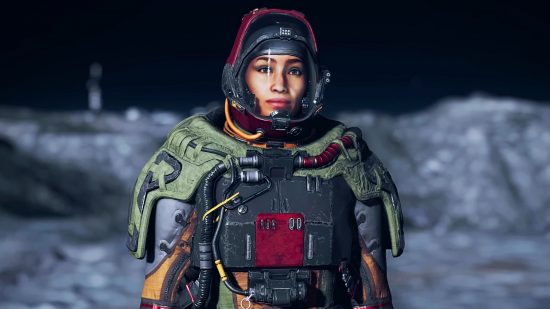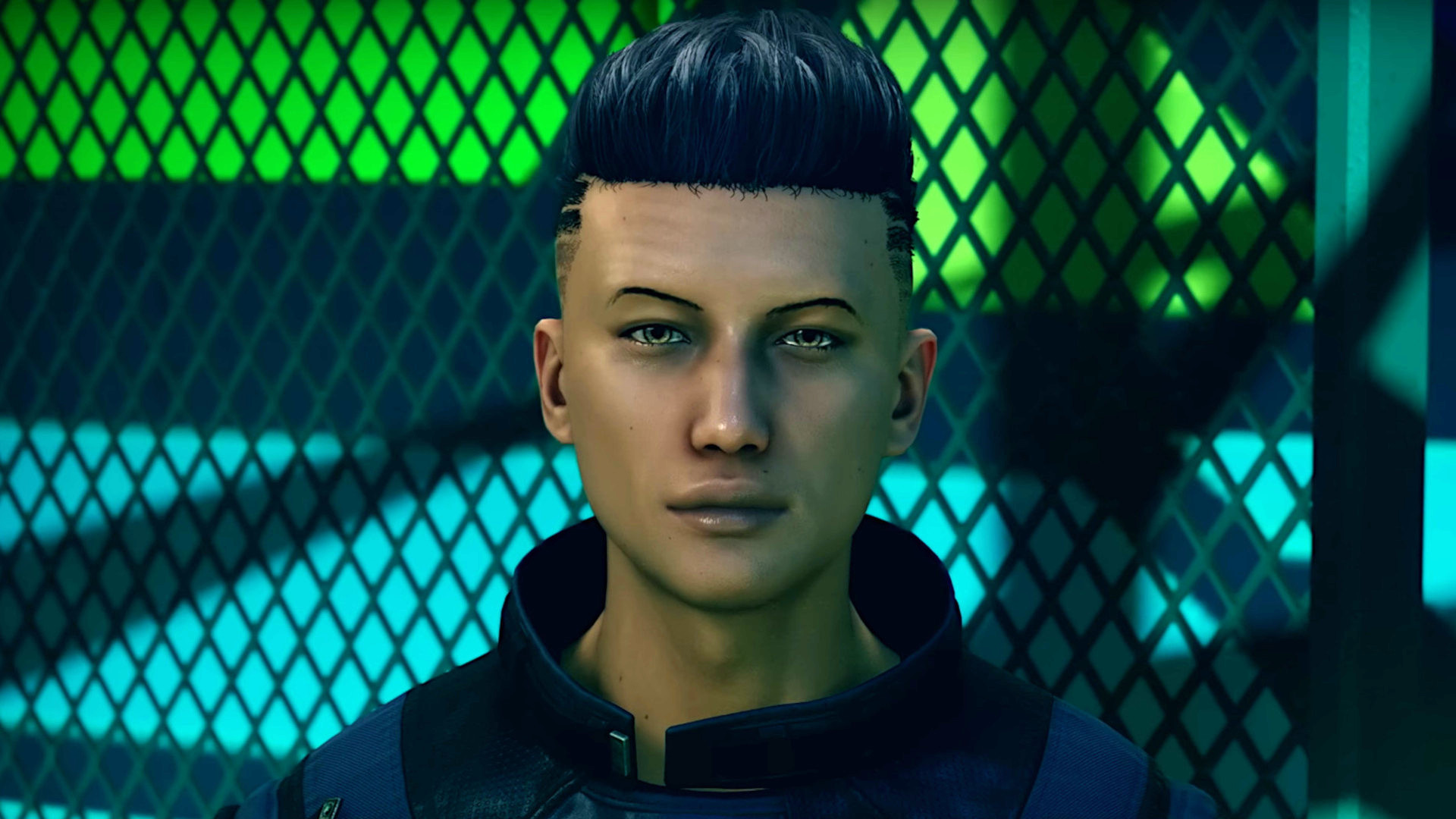What are the best Starfield settings? Now that we’ve spent some time acting like actual astronauts parading around space, performing a maintenance check of your Starfield settings will save you from running into any adventure-ending crashes. Thankfully, you don’t need to be a rocket scientist to get this Bethesda RPG running with out-of-this-world performance and visuals to match.
Before heading out on interplanetary voyages, take a moment and come back to down earth to make sure your PC meets the Starfield system requirements, as you may be heading on a fruitless adventure. It’s also worth noting that, unlike the console versions of the game, Starfield fps aren’t arbitrarily capped and will vary depending on the power of your system and which Starfield settings you opt for.
What are the best Starfield settings?
Here are the best Starfield settings for PC:
- Dynamic Resolution: On
- Render Resolution Scale: 75%
- Shadow Quality: High
- Indirect Lighting: High
- Reflections: Medium
- Particle Quality: Medium
- Volumetric Lighting: Medium
- Crowd Density: Medium
- Motion Blur: Optional
- GTAO Quality: High
- Grass Quality: Medium
- Contact Shadows: High
- VSync: Optional
- Upscaling: FSR2
- Sharpening: Optional
- Enable VRS: On
- Film Grain Intensity: Optional
- Enable Depth of Field: Optional
We at PCGamesN tested these settings on the following rig: MSI MPG Trident AS 11th gaming PC, featuring an Intel Core i7 11700F, MSI Ventus Nvidia GeForce RTX 3070, 32GB of DDR4 3,200MHz RAM, MSI B560 motherboard, and Windows 11.
Starfield is the first Bethesda game to run on Creation Engine 2, which brings a host of technical improvements in fidelity and performance versus previous examples like Fallout 76 or Skyrim. This is reflected in the game’s settings menu, but we’re particularly glad to see that Starfield can run with an uncapped frame rate without issue. It’s a complete contrast the to frustration console players will encounter with a capped 30 frames per second.
While Starfield does feature AMD FSR and CAS as upscaling options, there’s currently no support for Nvidia DLSS or Intel XeSS. Thankfully, team red’s tech is supported on most graphics cards, regardless of manufacturer, and we may see both team green and blue’s alternatives materialize in the game at a later date. In the meantime, you can download this Starfield mod, which gives you the option of replacing AMD’s FSR, with Nvidia DLSS or Intel XeSS, until support becomes officially available.

What do the Starfield display settings mean?
Dynamic resolution
This setting will leave the menus, HUD, and text at your monitor’s resolution, but change the resolution at which the actual game underneath is running on the fly. In graphically undemanding scenes it will run at a high resolution, and in complicated scenes with lots going on, it will run at a lower resolution. This can have a big impact on visual fidelity if you have an underpowered GPU, but enabling it can give you a substantial frame rate boost if you’re struggling.
Render resolution scale
Like the dynamic resolution, this leaves the menus, HUD, and text alone, but forces the game itself to run at a lower resolution, which the game then upscales to your monitor’s resolution. This is the setting to tweak if you’re having serious frame rate trouble, as it can substantially improve performance.
However, it also comes with a serious drop in graphical quality once you get below 75%, which will be particularly noticeable on a 1080p monitor. If you have plenty of GPU power, make sure this setting is on 100%. If your PC is struggling, try taking this setting down.
Shadow quality
Increasing the quality here will improve the smoothness, translucency, and accuracy of shadows. This has a significant impact on the realism of a scene, and dropping the settings won’t improve performance by anywhere near as much as a change in resolution. Set this to High if you can.
Indirect lighting
This setting dramatically changes the lighting in the game, with objects and areas being lit from a variety of sources, rather than just the ambient lighting – you notice it in the mines at the beginning of Starfield, where light can come from all sorts of places. There’s no ray tracing support in Starfield, but enabling indirect lighting will make the game seem much more realistic. The game also looks pretty drab if you have this on the Low setting – set it to at least Medium or High if you can.
Reflections
Like shadows, this is pretty self-explanatory. There’s no ray tracing in Starfield, but the rasterized reflections can have an impact on realism, just like shadows. Set this to Medium if you can.
Particle quality
In games, particles are tiny objects that float around the scene, such as snowflakes, sand, and dust. Set this to Medium or higher if you can.
GTAO quality
This is nothing to do with Grand Theft Auto, but rather refers to ambient occlusion, a way of creating soft shadows on objects, based on the lighting in the scene and which parts are occluded. In the absence of any official ray tracing support in Starfield, this setting can make the game look more realistic. It has a bigger impact on frame rate than some of the other settings, but the difference isn’t huge. We recommend setting this to High if you can.
Contact shadows
This is a method of creating more realistic shadows, often picking up areas that should be shadowed that are missed by other shadowing techniques. This can make a scene more realistic, especially in the absence of ray tracing. Set this to Medium or High if you can.
Upscaling
If your PC struggles to run Starfield at a decent frame rate, this is the first setting you should change. This is like the render resolution setting above, but it looks much better. Set it to FSR 2, and the game will use AMD’s resolution upscaling tech to run the game at a lower resolution (while leaving the text and HUD alone), and then upscale it.
Enable VRS
This stands for variable rate shading and is a feature that was first introduced on Nvidia’s Turing RTX 2000-series GPUs. It allows a GPU to change the rate of shading (how many pixels are shaded) in 16×16 areas of the scene, depending on what’s going on. This means it can focus the shading rate on key, detailed areas of the scene (set by the game developer), to improve the way they look, while lowering the rate of shading in less detailed scenes around the periphery, enabling a boost in frame rate. This feature works well for improving performance, and we recommend enabling it in Starfield.
For those curious about Starfield Steam Deck compatibility, check out our guide. We’ve also created tutorials to help you on your journey through space, with the best Starfield crew and Starfield romance options all laid out.
While a good Starfield wiki can be a handy source of information, our new Starfield Database goes further, offering you daily news, searchable databanks, and even interactive tools.

